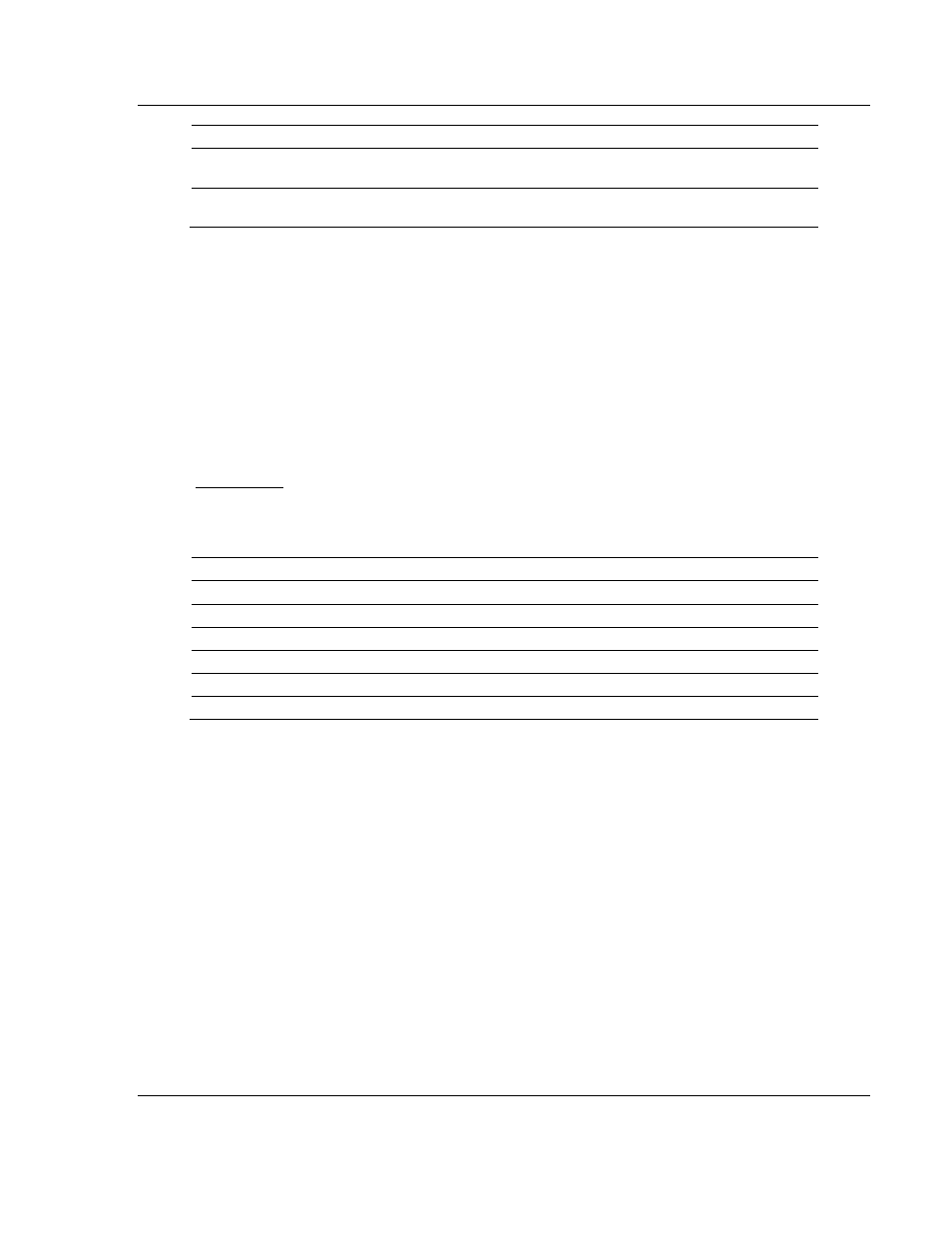ProSoft Technology MVI56-DFCM User Manual
Page 79

MVI56-DFCM ♦ ControlLogix Platform
Reference
DF1 Half/Full Duplex Master/Slave Serial Communication Module
User Manual
ProSoft Technology, Inc.
Page 79 of 106
September 24, 2014
Step
Description
4
After the data processing has been completed in Step 3, the response is issued to the
originating Master node.
5
Counters are available in the Status Block that permit the ladder logic program to
determine the level of activity of the Slave Driver.
Review the Configuring the Module section for a complete list of the parameters
that must be defined for a slave port.
5.2.3 Normal Data Transfer
Normal data transfer includes the paging of the user data found in the module’s
internal database in registers 0 to 4999 and the status data. These data are
transferred through read (input image) and write (output image) blocks. Refer to
Configuring the Module for a description of the data objects used with the
blocks and the ladder logic required. The following topics describe the function
and structure of each block.
Read Block
These blocks of data transfer information from the module to the ControlLogix
processor. The structure of the input image used to transfer this data is shown
below:
Offset
Description
Length
0
Reserved
1
1
Write Block ID
1
2 to 201
Read Data
200
202 to 234
Module Status Data
33
235 to 248
Spare
14
249
Read Block ID
1
The Read Block ID is an index value used to determine the location of where the
data will be placed in the ControlLogix processor controller tag array of module
read data. Each transfer can move up to 200 words (block offsets 2 to 201) of
data. In addition to moving user data, the block also contains status data for the
module. This last set of data is transferred with each new block of data and is
used for high-speed data movement.
The Write Block ID associated with the block requests data from the ControlLogix
processor. Under normal program operation, the module sequentially sends read
blocks and requests write blocks. For example, if the application uses three read
and two write blocks, the sequence will be as follows:
R1W1
R2W2
R3W1
R1W2
R2W1
R3W2
R1W1
This sequence will continue until interrupted by other write block numbers sent by
the controller or by a command request from a node on the DF1 network or
operator control through the module’s Configuration/Debug port.
